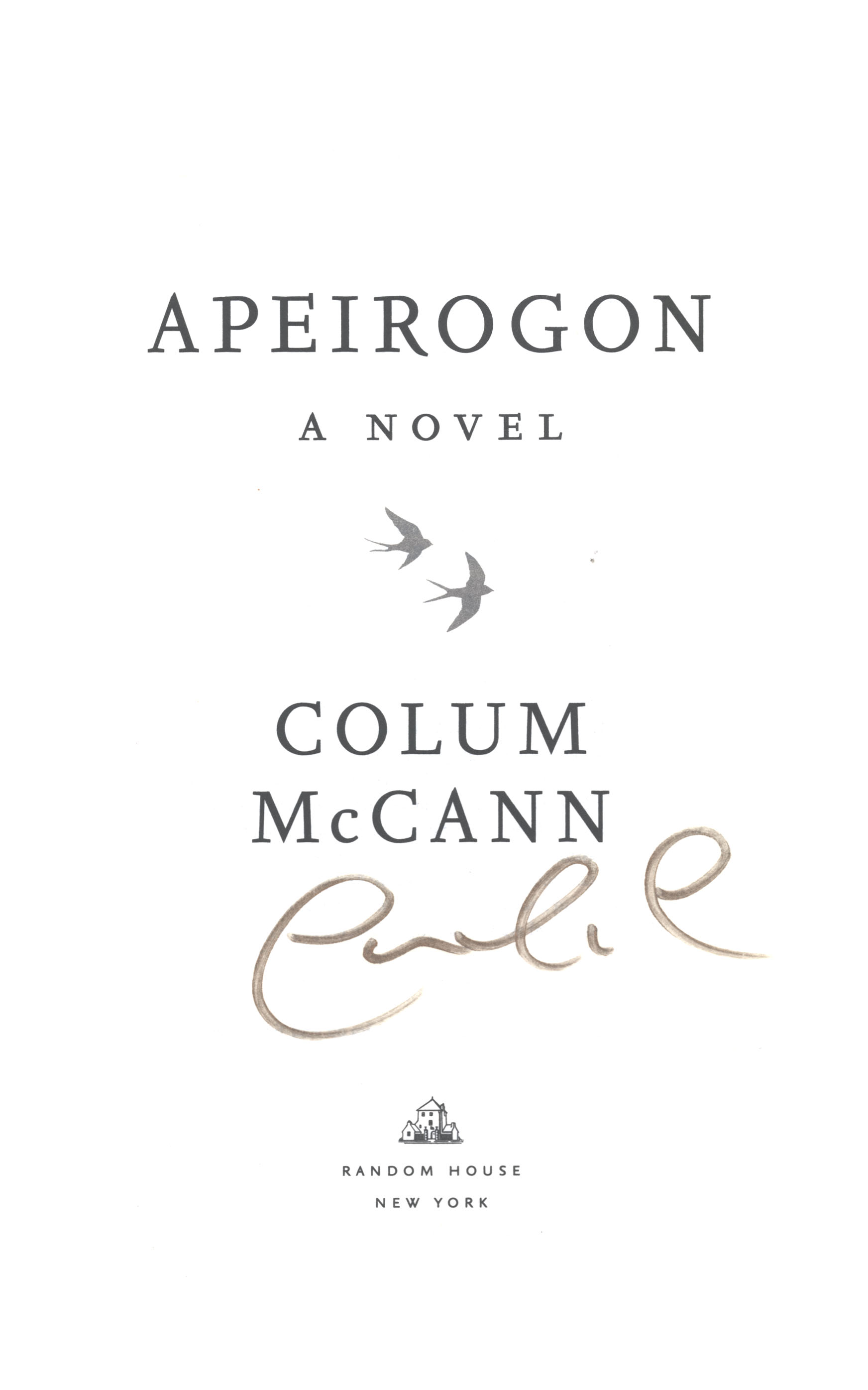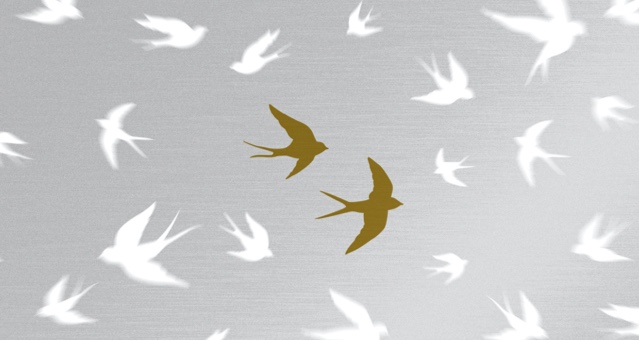
But at other times the relentlessness seems entirely necessary, and the brevity is to the point. Section No 360, for example, reads, in its entirety: “End the Preoccupation.” And the endless lists, as lists can do, pall. (Birds function as a symbol throughout the book: symbols of freedom, providers of alternative perspectives.) Sometimes the entries seem trivial. They muse on life in Israel and under the occupation, and on Borges, Theresienstadt, Philippe Petit, Christ’s crucifixion, bird migrations. These are little micro-narratives, sometimes only a sentence long, sometimes stretching across several pages and referring back and forth throughout the book.

Photograph: Tim Knox/The GuardianĪround these two profound and plain-speaking nonfiction centrepieces, McCann recounts and imagines aspects of the men’s stories, the girls’ experiences, and multiple other tales. The closest recent comparisons – in terms of ambition and intention, if not style – might be Claudia Rankine’s genre-defying works on race, such as Citizen: An American Lyric, or Maggie Nelson’s exploration in The Red Parts and Jane: A Murder of the murder of her aunt, books that transcend the usual categories and set out to challenge and amaze.Ĭolum McCann. It is a hybrid work, neither exactly fact nor fiction. This vast and curious arrangement of parts is clearly intended to recall the One Thousand and One Nights, Scheherazade’s famous telling of Middle Eastern folktales in order to ward off death.Īpeirogon is named, we learn, “for a shape with a countably infinite number of sides”, which is certainly a good title for a book that eludes easy categorisation (and for one that explores the furiously intractable Israel-Palestine conflict).


Accompanied by a few photographs and images, the text is arranged in 1001 numbered sections, numbered 1-500, plus a bridging section, numbered 1001, and then sections numbered 500-1.

C olum McCann’s odd and ambitious book contains almost 500 pages of fact and fiction about the Israel‑Palestine conflict, combined with various quotations, asides, remarks, insights, musings and statements of fact on all manner of subjects, including the working habits of Picasso, the invention and manufacture of rubber bullets, the work of senator George Mitchell during the Northern Ireland peace talks and the correspondence between Einstein and Freud.


 0 kommentar(er)
0 kommentar(er)
